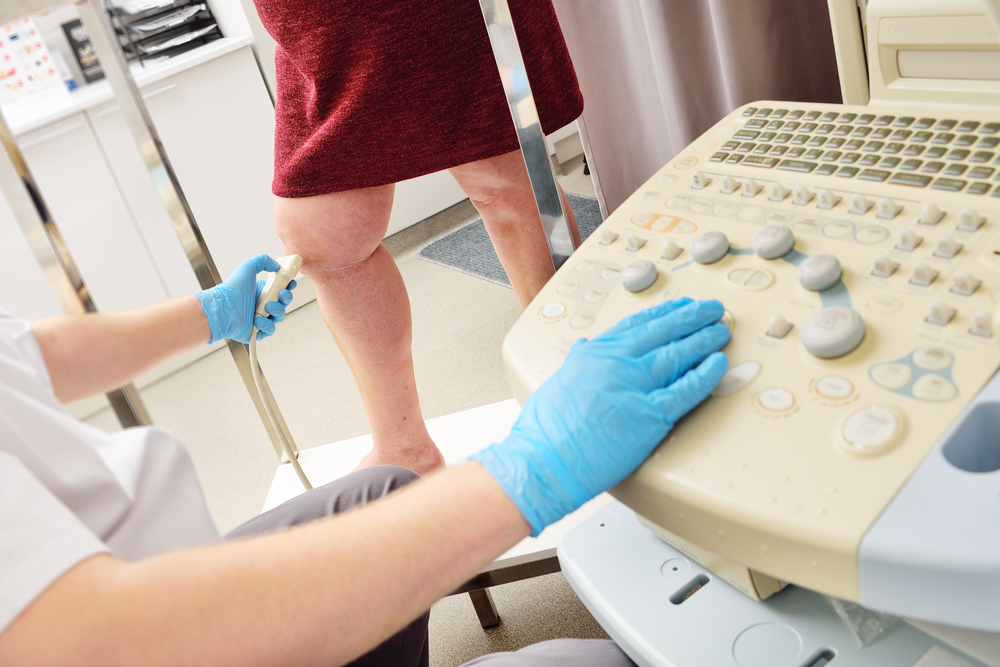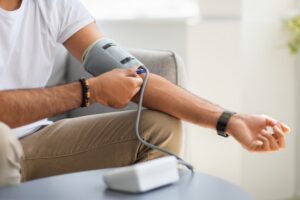Peripheral Artery Disease (PAD) is a common circulatory problem where narrowed arteries reduce blood flow to your limbs. While it can affect any blood vessel, it most often impacts the legs. An accurate and timely Peripheral Artery Disease Diagnosis is crucial to managing the condition and preventing serious complications. Many people dismiss early Peripheral Artery Disease symptoms, like leg pain, as a normal part of aging. However, recognizing these signs is the first step toward seeking help. Fortunately, advancements in medical technology have introduced several new and effective non-invasive diagnostic tools, making it easier than ever to get a clear picture of your arterial health without complex procedures. Get a consultation with the best vascular disease specialists in Brooklyn.
Understanding Peripheral Artery Disease Symptoms and Risks
The most common sign of PAD is claudication—muscle pain or cramping in your legs or arms that’s triggered by activity, such as walking, and disappears after a few minutes of rest. However, many people with PAD have mild or no symptoms.
Key symptoms to watch for include:
- Painful cramping in your hip, thigh, or calf muscles after certain activities.
- Leg numbness or weakness.
- Coldness in your lower leg or foot, especially when compared with the other side.
- Sores on your toes, feet, or legs that won’t heal.
- A change in the color of your legs.
- Hair loss or slower hair growth on your feet and legs.
- Slower growth of your toenails.
Ignoring these symptoms can lead to critical limb ischemia, a severe blockage that requires immediate attention to prevent tissue death or amputation. Consulting with a cardiologist early can significantly improve outcomes.
Modern Approaches to Peripheral Artery Disease Diagnosis
While traditional methods are still valuable, modern non-invasive diagnostics offer greater precision and patient comfort. A cardiologist will determine the best approach for you, but here are some of the newest and most effective methods used in a modern cardiology clinic.
Advanced Ankle-Brachial Index (ABI) Testing
The Ankle-Brachial Index (ABI) test is a standard first step in PAD diagnosis. It compares the blood pressure in your ankle with the blood pressure in your arm. A low ABI number can indicate narrowing or blockage of the arteries in your legs.
- What’s New: Modern ABI devices are often automated and can perform the test in minutes. Some advanced systems can also measure the Toe-Brachial Index (TBI), which is particularly useful for patients with diabetes or chronic kidney disease, as their artery walls can be stiff and may give a falsely high ABI reading.
Duplex Ultrasound Imaging
Ultrasound is a powerful, non-invasive tool that uses sound waves to produce images of your blood vessels. A duplex ultrasound combines traditional ultrasound with Doppler ultrasound.
- How it Works: This combination allows your doctor to see the structure of your blood vessels and measure the speed of blood flow. It can pinpoint the exact location and severity of a blockage. It’s a cornerstone of PAD diagnosis because it provides detailed, real-time information without any radiation exposure.
Pulse Volume Recording (PVR)
Pulse Volume Recording (PVR) is another non-invasive test that measures blood volume changes in the limbs. Blood pressure cuffs are placed on the legs and inflated while a machine records the pulse waves.
- Benefits: PVR provides a functional assessment of blood flow. Flattened or diminished pulse waves can indicate significant blockages. When used alongside ABI testing, PVR gives a more complete picture of your circulatory health, helping your cardiologist create a targeted treatment plan.
Why Non-Invasive Diagnostics Matter
The shift toward non-invasive diagnostic methods for Peripheral Artery Disease offers significant benefits for both patients and doctors.
- Patient Safety and Comfort: These tests are painless and carry little to no risk. They avoid the need for incisions, injections, or radiation exposure, making them accessible to a wider range of patients.
- Accuracy and Speed: Modern diagnostic tools provide highly accurate results quickly. This allows for prompt treatment decisions, which are critical for managing PAD effectively.
- Cost-Effectiveness: Non-invasive tests are generally less expensive than invasive procedures like angiography. This makes early and regular screening more accessible.
Take Control of Your Vascular Health
If you are experiencing any Peripheral Artery Disease symptoms or have risk factors like smoking, diabetes, high blood pressure, or a family history of vascular disease, it is vital to speak with a healthcare provider. An early and accurate diagnosis is your best defense against the progression of PAD.
Need help with PAD or other vascular diseases? Visit our specialized vascular health clinic in Brooklyn to get access to these state-of-the-art diagnostic tools and expert care. For any vascular problems, call us on + 1-718-367-2555. The Vascular Disease Specialists at Doral Health & Wellness consistently have outstanding patient satisfaction ratings. The professionals at Doral Health & Wellness Vascular Health Department Brooklyn can improve your health and quality of life because of their vast training and experience. New Yorkers can get the greatest medical and surgical vascular care at Doral Health & Wellness Brooklyn. If you need help, register your information and make direct contact with our doctors at https://yuz88hfiyh7.typeform.com/Doralintake. Visit us at 1797 Pitkin Avenue, Brooklyn, NY 11212.






